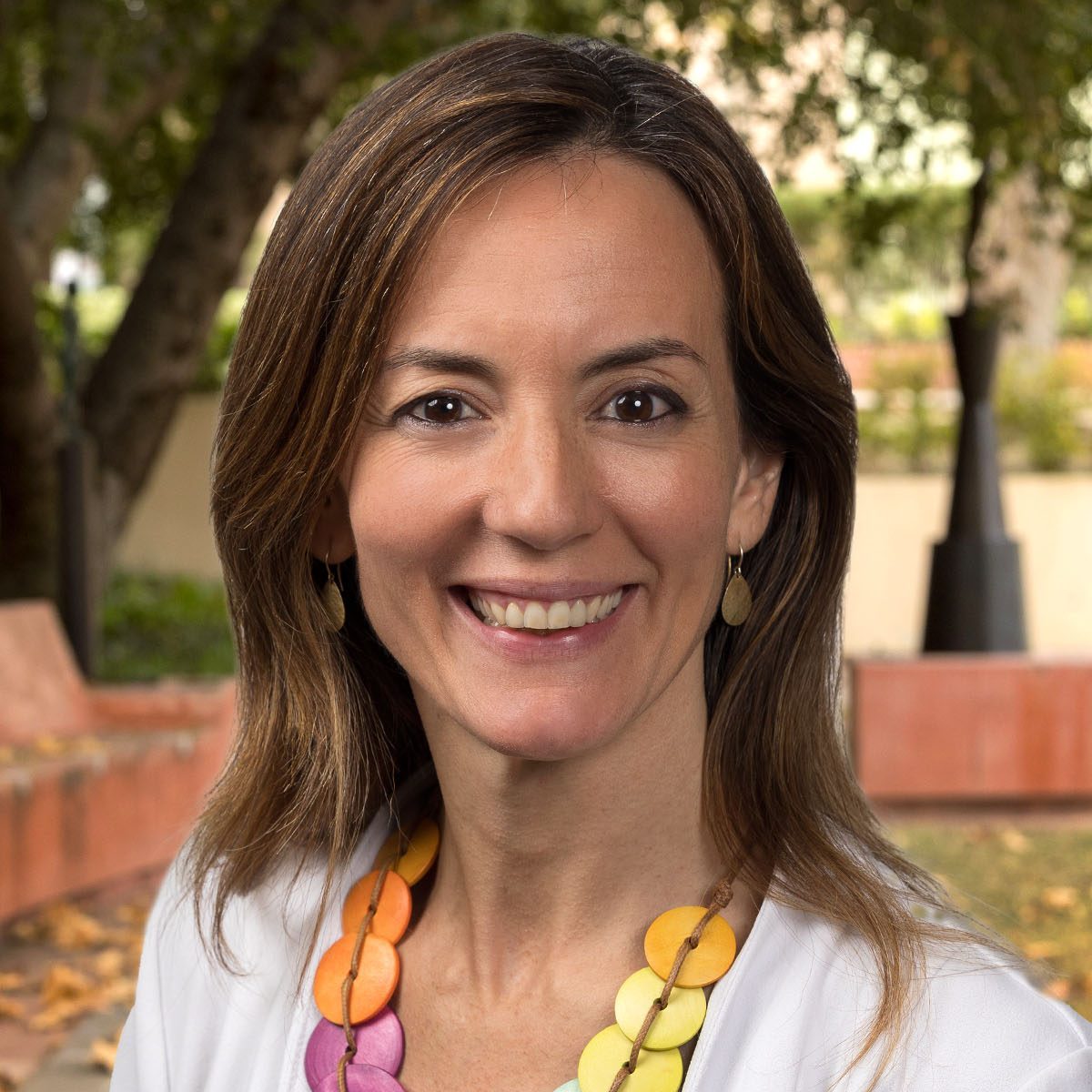
Scientific research continuously expands our collective knowledge and pushes innovation forward. But what good is that innovation if it isn’t accessible to large swaths of the global population?
English is the standard language for most scientific communication — nearly 98% of scientific research is published in English. While standardizing scientific publications into a single language can streamline discussion, it is incredibly limiting for populations that don’t speak English.
A UCLA-led project aims to alleviate this issue. A collaboration among the UCLA Brain Research Institute, the UCLA Department of Spanish and Portuguese and the nonprofit organization Knowing Neurons is translating the informational content on Knowing Neurons’ platform into Spanish. Created by a group of graduate students at UCLA and USC in 2012, Knowing Neurons works to make neuroscience accessible to people interested in learning about the brain.
“I think most scientists agree that science is universal in the sense that whatever we discover about how nature works, whether it’s the brain or anything else, is knowledge that everyone should have access to,” said Rafael Romero, assistant director for outreach at the Brain Research Institute.
Translating these resources is one step toward making neuroscience accessible to a larger audience, including nearly 475 million native Spanish-speakers worldwide. The collaborators’ efforts and findings were recently published in eNeuro, the online journal of the Society for Neuroscience.
“Since the project started almost three years ago, we have translated 162 articles, created lesson plans based on the translated articles and conducted numerous community outreach activities in the greater Los Angeles area,” said Carla Suhr, continuing lecturer in Spanish. “Ultimately, we wish these resources to make scientific topics part of dining table conversations at any Spanish-speaking household.”
To read the rest of the article featuring Suhr’s work, follow the link here.
